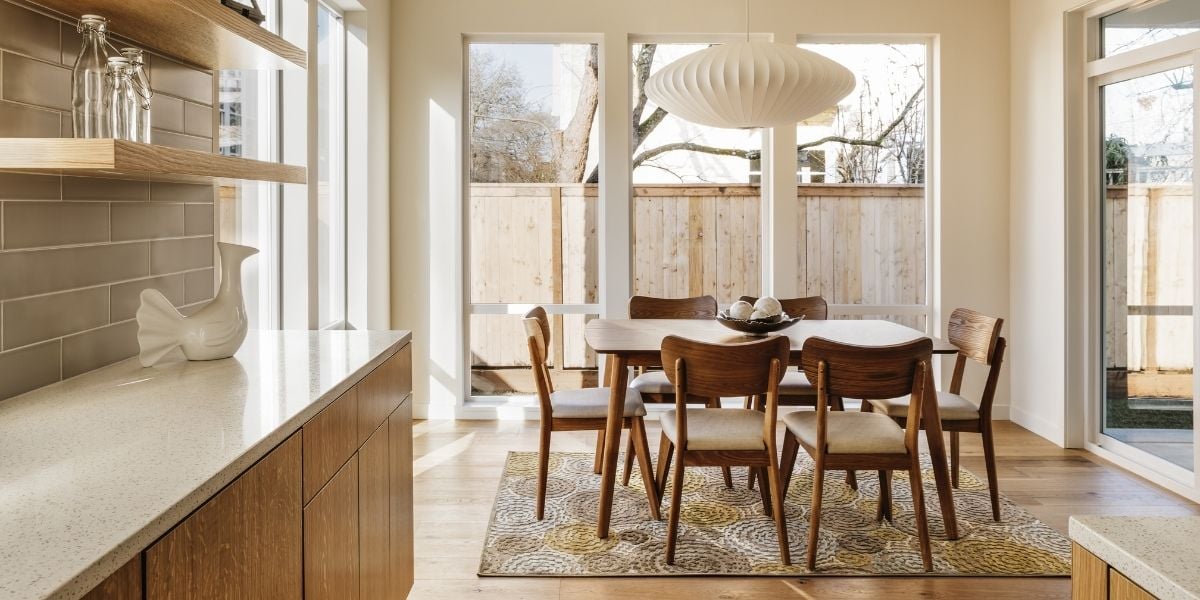Buying a home is one of the most significant financial decisions you’ll ever make, but the process...
7 Elements of a Real Estate Marketing Plan
Do you have a real estate marketing plan? For many agents, the answer is... sort of. You post your "For Sale" sign in a prominent place on the property, pop the info on the MLS, and wait for buyers to realize that this is a deal they cannot pass up. How is this working for you? For more targeted, and consistent, results, implement an effective marketing strategy. How do you get started?

A 7-Step Real Estate Marketing Plan That Gets Results
According to the National Association of Realtors, 87% of home buyers purchase through an agent. The demand is clearly there. The next step is making sure that the demand for you is there. Marketing is essential for real estate professionals.
-
Start with Strategic Pricing
Think of pricing as the foundation of your real estate listing marketing plan. If you do not price appropriately for the market, the neighborhood, and your target buyer, it does not matter how much marketing you do. You're either going to let properties go for too little or price them out of reach. Neither approaches conducive to success.
Go back to Real Estate 101: Conduct market research, look at comparables, and price according to the properties’ true market value. Most buyers (90%) start their search on the internet, and most are looking for price points. When you price appropriately, you can target the right audience, and catch those on the high and low side as well.
-
Create a Strong Digital Presence
As mentioned, the vast majority of buyers begin their journey online. If you are not there, or if you do not have a strong presence, they will find a competitor who does. Why? Because it makes their searches, and their lives, a whole lot easier
Start with a user-centric website. It should be easy to navigate and populated with helpful information. Real estate websites should also be highly visual. After all, you are selling aspirations and possibilities. Help prospective buyers imagine them with professional quality photos, clean images, and features like 3D home tours.
The goal is to add value for searchers. To this end, also integrate useful tools, like a mortgage calculator or down payment calculator. As always, be sure that it is easy to get in touch with you with a quick contact form and live chat option.

-
Create Interest with Virtual Staging
Homes that are staged sell for 6 to 25% more than homes that are not staged. But what if time and resources are tight?
Virtual staging apps make it easier, faster, and much less expensive to stage a home - and they can help you realize similar results in terms of sales. With options like BoxBrownie, you provide photos of the property, and within 48 hours, you get fully staged photos. You can also opt for image enhancement, floor plan redraws, 360° services, and more.
Others, such as VisualStager, allow you to take a DIY approach. You can upload photos, remove existing furniture, select from a wide menu of furniture items, and drag and drop elements to stage the home or property.
-
Take Your Open Houses to the Next Level
The open house is a staple in the industry. Bring it into the 21st century as part of your real estate marketing plan. How?
In addition to showing off the features of the home or property, for example you could engage in a bit of experiential marketing. Why not lead a tour of the area or neighborhood? Or hold an event or workshop to teach prospective buyers about the process? This is a value add to the typical open house.
You could also partner with local businesses and create a more dynamic open house event. From coffee shops to home retailers, you can have different pop-ups around the home to engage buyers. It encourages them to explore in more depth, and it gives them a feel for the businesses near them. You can also work out an arrangement where prospective buyers receive discounts on goods. Marketing yourself often means marketing complementary businesses!
-
Create Compelling Video Content
High-quality images are a must for real estate agents, but go a step further as well. Consumers respond exceptionally positively to video content. This is especially true if the video tells a story that resonates with them.
Video is a great format for home tours, neighborhood guides, introductions to local businesses and services, and, of course, testimonials from satisfied clients. Peer feedback and reviews are powerful forms of "social proof" that work to effectively establish you as a leader, authority, and trusted professional.

-
Stand Out
When buyers begin their searches, they are looking for properties that meet their needs and price points. They are likely not looking for you specifically! This means that your listings have to accurately highlight key features and benefits while enticing potential buyers to take the next steps. As part of your real estate listing marketing plan, pay careful attention to your wording in MLS descriptions.
For example, many real estate agents use capital letters with abandon and short codes that don't make much sense to lay people - or search engines. Stop! Focus on the major assets of the property, and remember you are appealing to human beings who are sick of acronyms!
-
Leverage Homes & Land
For an effective real estate marketing plan, utilize the resources at your disposal. Homes & Land helps you eliminate the clutter and noise of multiple agents, ratings, and websites so you can reach your prospects and keep them engaged. When you advertise with us, you can win new listings, generate referrals, build your brand, and, of course, sell homes. We put the spotlight on you with a full range of marketing tools and services designed just for you. You can advertise in print, online, through partner sites, and with direct mailing initiatives. Take advantage of all your resources to improve your reach and your results.
These seven steps will help you build a strong, strategic real estate marketing plan. Ready to get started? It couldn't be easier: contact Homes & Land to learn more.



